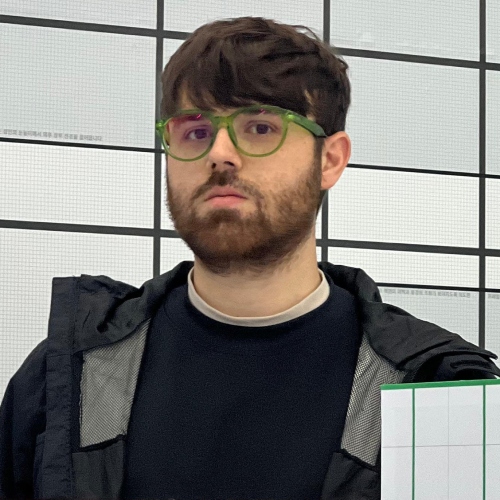Design, tech, and creative work rarely follow a straight path – and maybe that’s the point. From building the first blockchain-enabled pavilion to developing AR and AI agents with Niantic and Inworld, to shaping future-of-work prototypes at Meta, my journey has zigzagged through architecture, experimental practice, and mixed reality.
But this isn’t about one path, it’s about why atypical routes matter. Working in the in-between creates space for new thinking, new tools, and new ways of seeing. It’s not just fresh – it’s necessary. Whether you’re coming from games, art, spatial design, or code, there’s power in leaning into the overlaps, embracing ambiguity, and building things before they make sense. That’s how I got here – and why I’m now building Fenestra, an Gen AI platform for architects and interior designers – but it’s also how new disciplines are born.

Founder of Fenestra. Former Product Design Prototyper at Meta Reality Labs.

Shaun McCallum is a Scottish spatial designer and founder of Fenestra, a generative AI platform helping architects visualise architecture. He’s co-founder of iheartblob, ex Reality Labs at Meta and taught at UCLA. His work blends emerging tech with design – from world scale augmented reality to mixed reality agents with Niantic and Liquid City. He designed, developed, and built the world’s first blockchain-enabled pavilion and has exhibited internationally at the V&A, MAK, and A+D Museum.